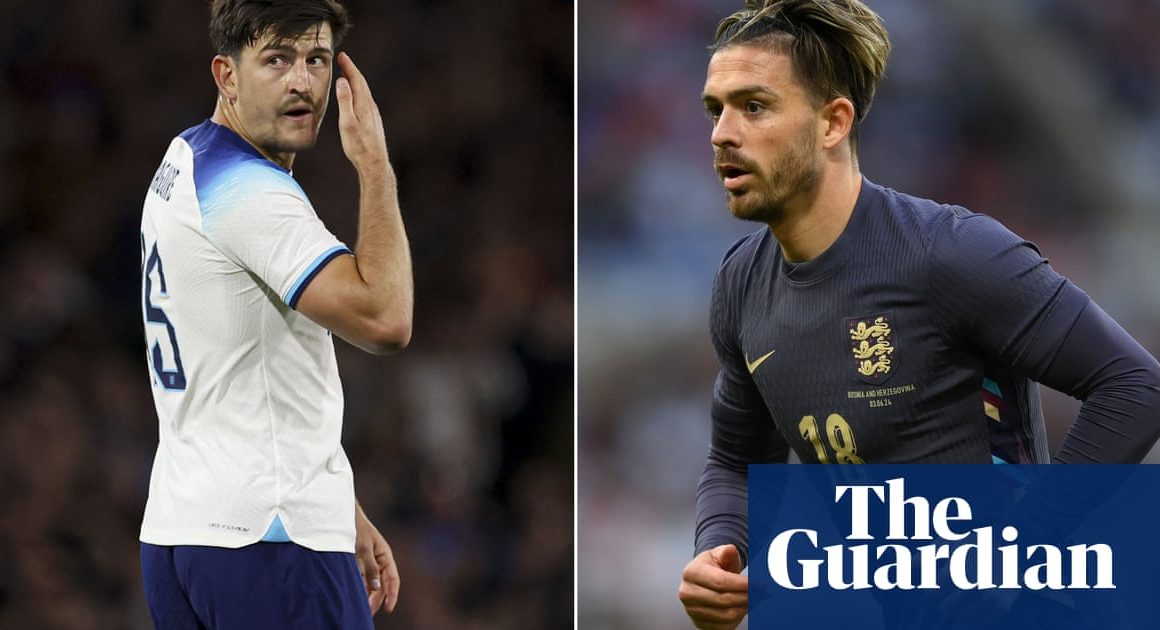The Labour leader said his party would be âtotally committedâ to the UKâs submarine-based nuclear weapons programme, and that he would be prepared to authorise their use. âEven as we work tirelessly for peace, we have to be fit to fight,â he said in a speech at the Fusilier Museum in Bury, Greater Manchester, on Monday.
What is the pledge?
Starmer said there were three prongs to Labourâs nuclear triple lock: maintaining Britainâs continuous at-sea deterrent (CASD) â24 hours a day, 365 days a yearâ, meaning there is always a nuclear-armed sub in the water at any time; building four new nuclear submarines; and delivering âall the needed upgradesâ for existing and new submarines in the future.
Grant Shapps, the Conservative defence secretary, said Labourâs position was âmeaninglessâ because members of the shadow cabinet, including deputy leader Angela Rayner, have previously voted against replacing the UKâs nuclear weapons.
Would the triple lock be a big change?
Not really. The UK already has CASD, with four Vanguard-class submarines, one of which is at sea at any time to avoid detection. Labour and the Conservatives have been committed to building four new submarines in the Dreadnought class to replace them since 2007.
The commitment to âupgradesâ is particularly unclear, given there is no public information available to Labour on what technologies the subs would need.
The Campaign for Nuclear Disarmament (CND) said Starmerâs policy âjust mirrors that of the existing governmentâ. Rishi Sunak reiterated the governmentâs commitment to the deterrent in March.
However, Starmerâs commitment to CASD could still be significant as the system is looking increasingly shaky due toproblems with Vanguard, with delays and cost overruns hindering their replacement, according to David Cullen, director of the Nuclear Information Service (NIS), a non-profit that monitors nuclear weapons policy. He said he is âdisappointed that [the Labour party is] coming out so boldly about something that might not be deliverableâ, rather than leaving an option to examine the UKâs nuclear posture to see what is possible.
How much would it cost?
The government has said Dreadnought would cost £31bn plus a £10bn âcontingencyâ. The NIS said in 2019 that the full cost of the nuclear weapons programme between 2019 and 2070 could be £172bn, when including new warheads and running costs.
The indications from those people in the know are that the quoted costs could well increase. The governmentâs Infrastructure and Projects Authority has for the last two years said that successful upgrades to factories building submarinesâ nuclear cores appear âunachievableâ.
Jon Thompson, the former Ministry of Defence (MoD) permanent secretary, in 2016 said nuclear weapons were a âmonsterâ that âkeeps me awake at nightâ.
The National Audit Office (NAO), a government watchdog, in December said that costs to support the nuclear deterrent were £7.9bn above budget for 2023. The NAO also reported an alarming £38.2bn increase in forecast costs at the MoDâs Defence Nuclear Organisation to £99.5bn over the decade to 2033 â a 62% increase on estimates a year earlier.
How will it be paid for?
Both Labour and the Tories have committed to spending 2.5% of the UKâs GDP on defence, although neither has said when it will happen. Starmer on Monday said this would happen âas soon as possible within our fiscal rulesâ. Those rules commit the UK to cutting the proportion of debt to GDP over a rolling five-year forecast period. If major tax increases are ruled out, then fiscal rules could force a new government to cut other department budgets.
Nuclear spending is ringfenced within the MoD budget. The NAO is concerned that the overriding desire to protect the nuclear programme could also mean that other parts of the military have funding cut.
Is it affordable?
All prime ministers since the second world war have chosen to remain nuclear-armed, arguing that the vast costs of the as-yet-unused weapons are the price of security and geopolitical power.
The CNDâs general secretary, Kate Hudson, said the nuclear budget should be used for ârebuilding our decaying public services and improving peopleâs livesâ, but Starmer â the first Labour leader in 30 years to visit the nuclear submarine factor in Barrow-in Furness, Cumbria â has made it clear that is not up for debate in his Labour party.
Yet whichever party wins the most seats next month, the long-term affordability of the nuclear weapons programme may depend on whether there are more cost overruns lurking in the depths of the MoDâs plans.










